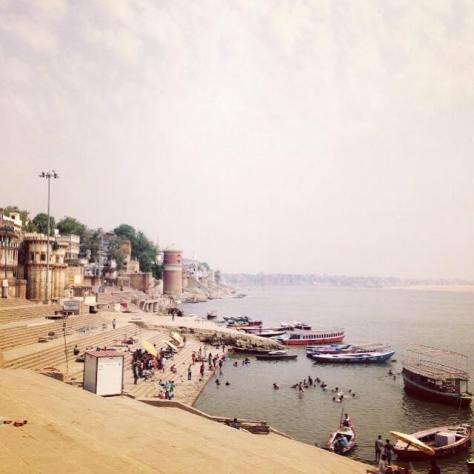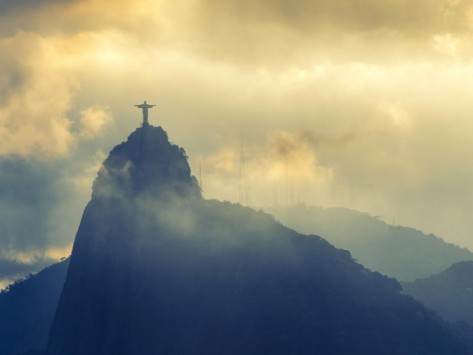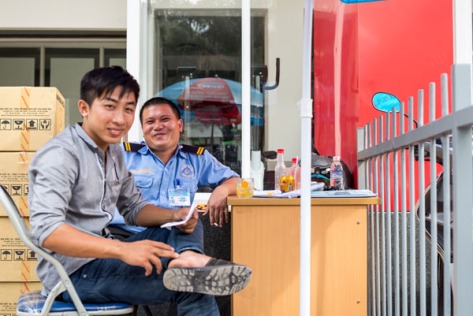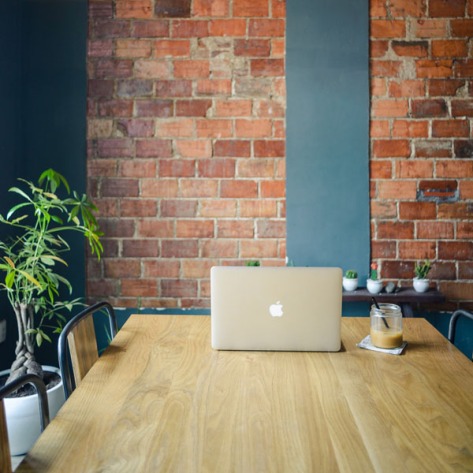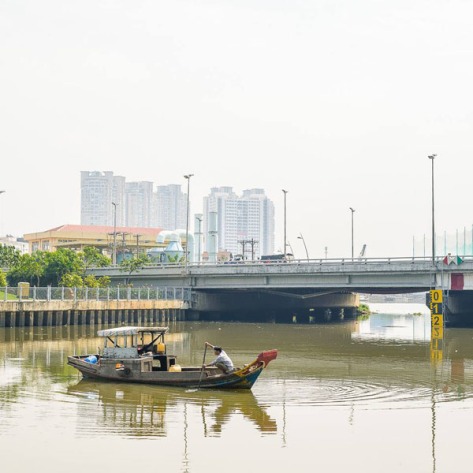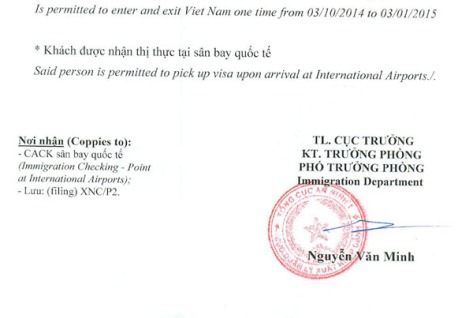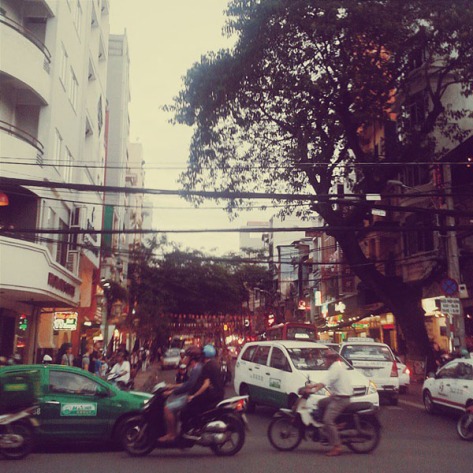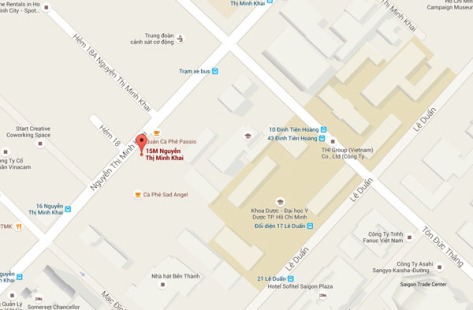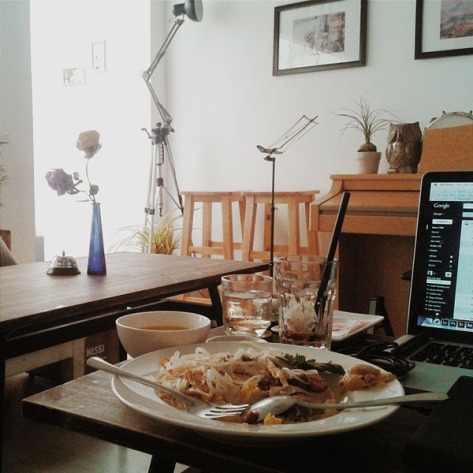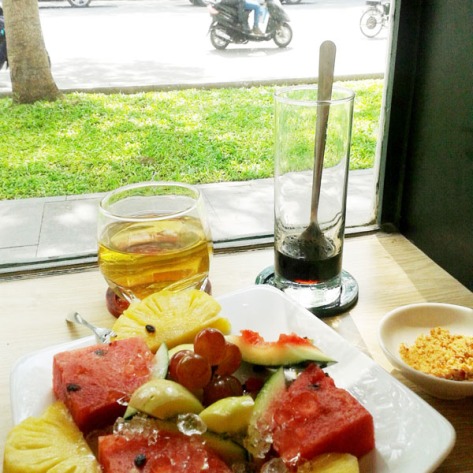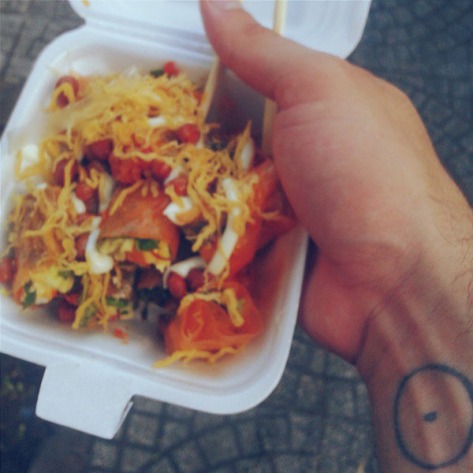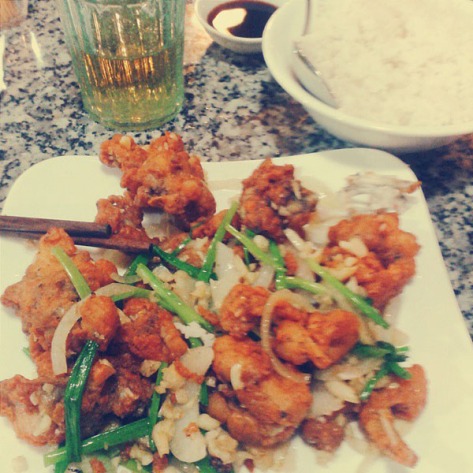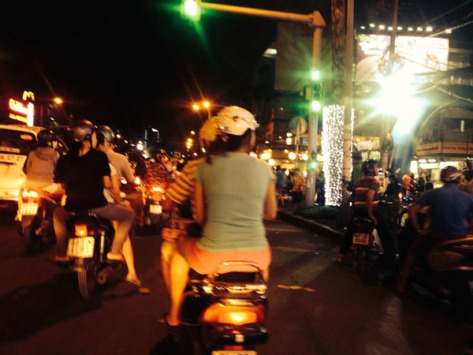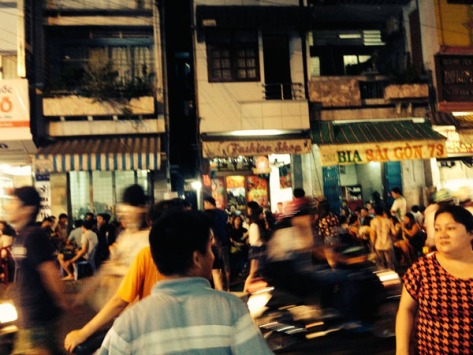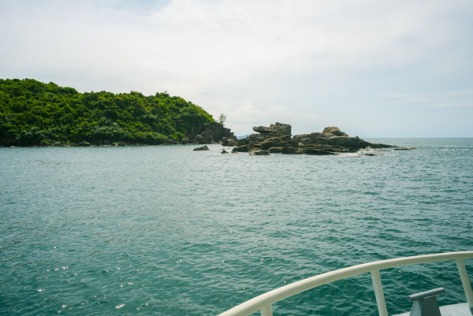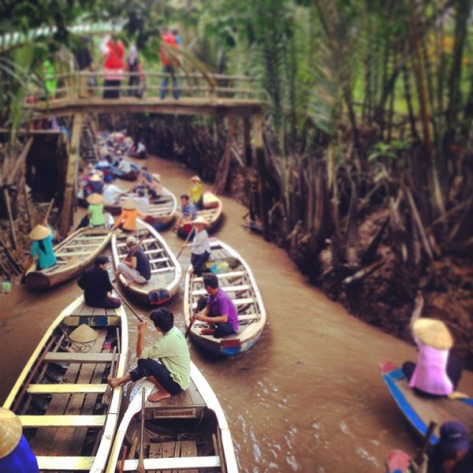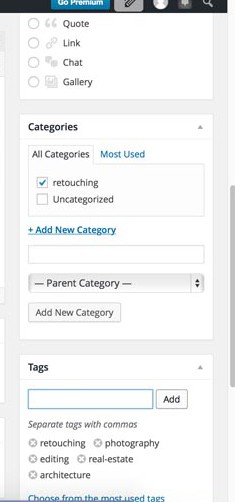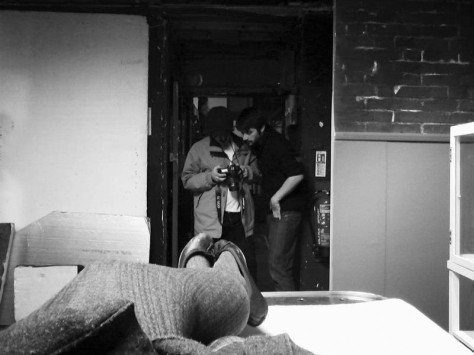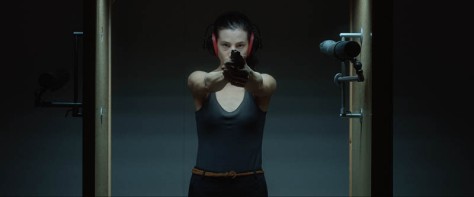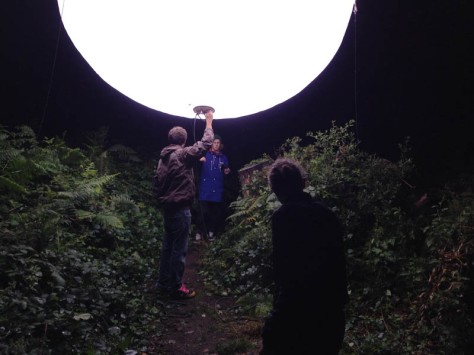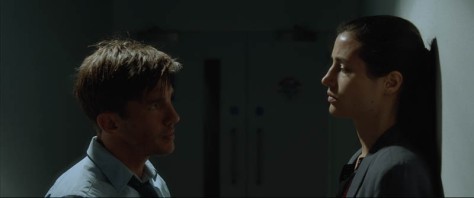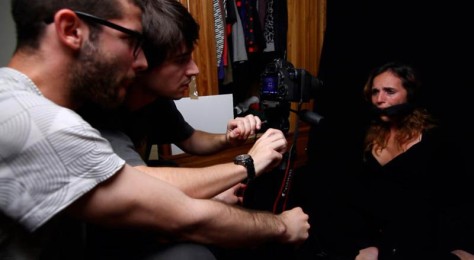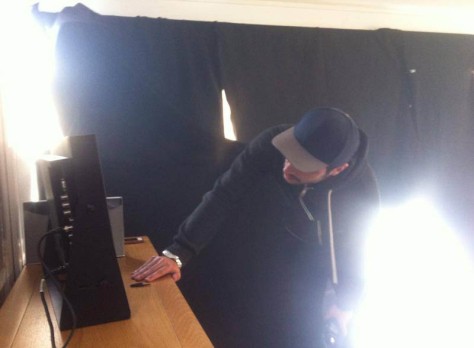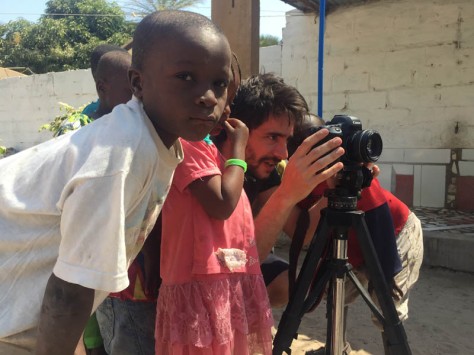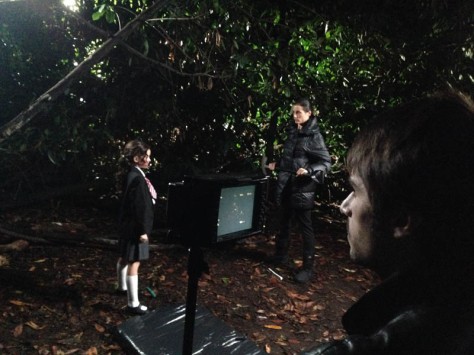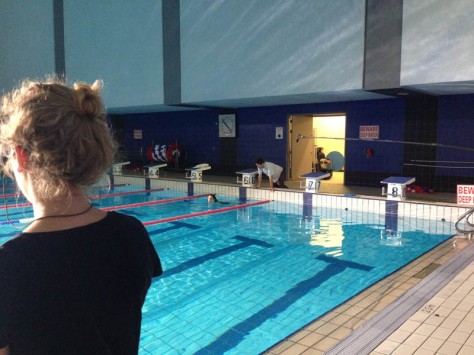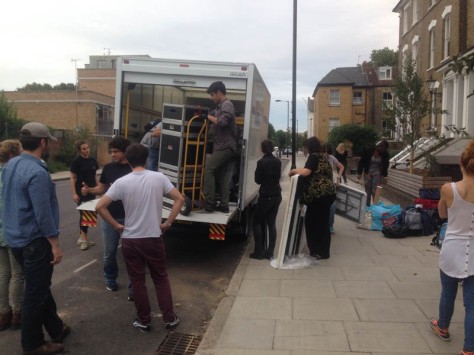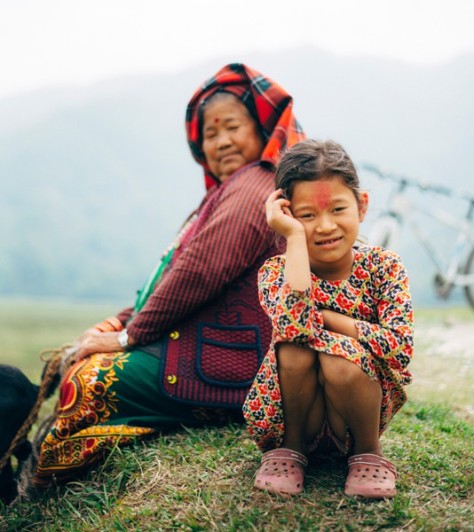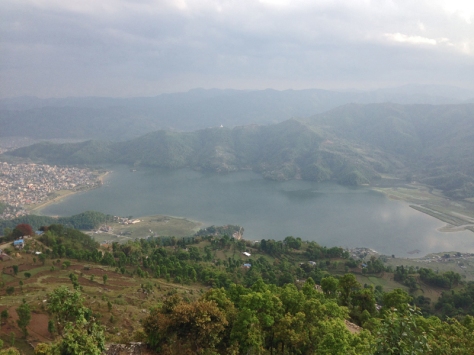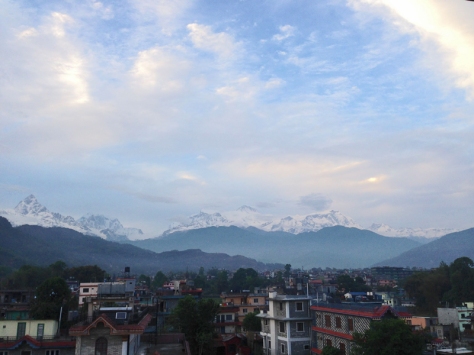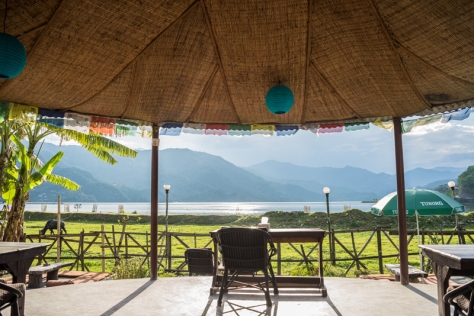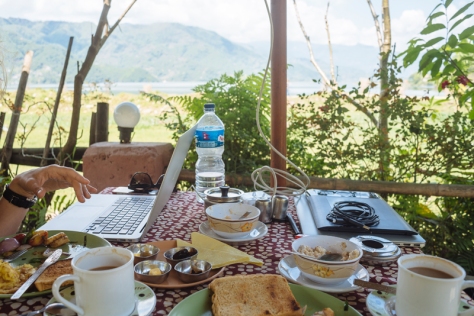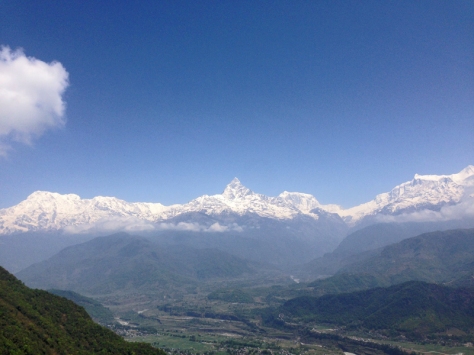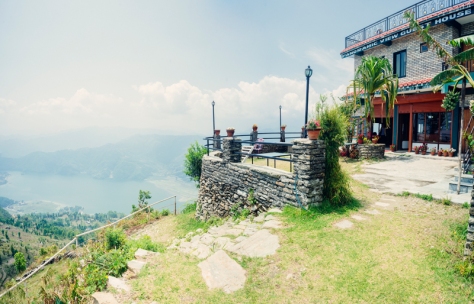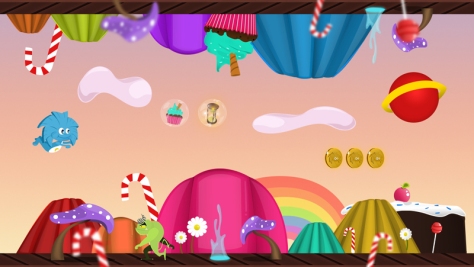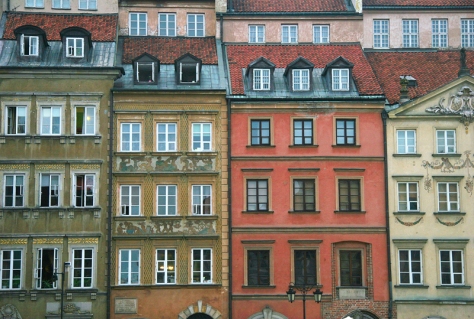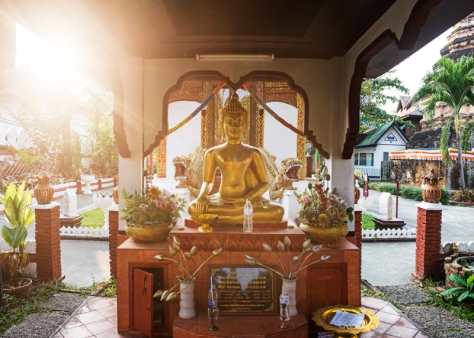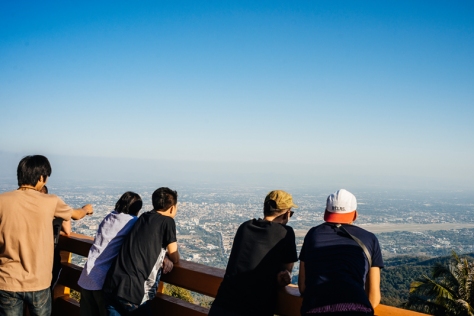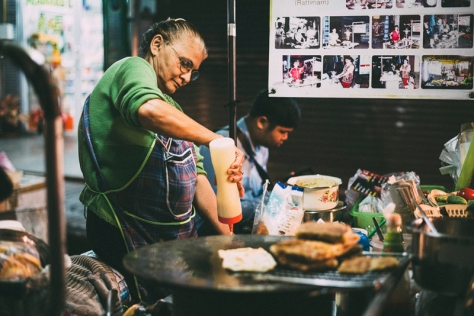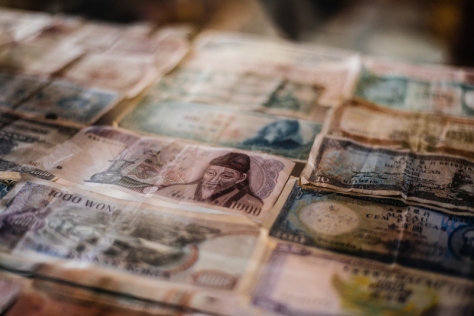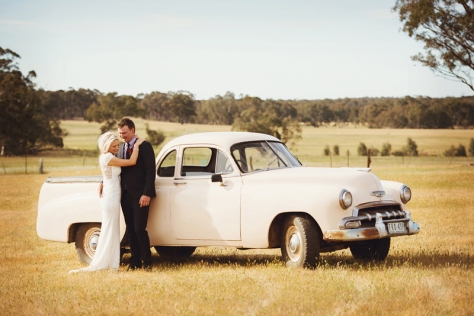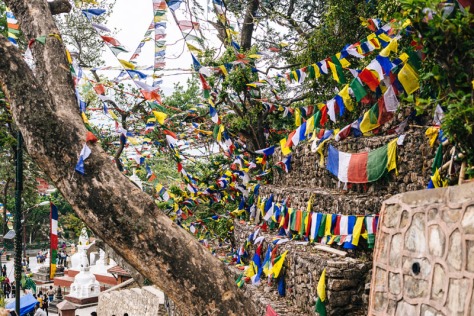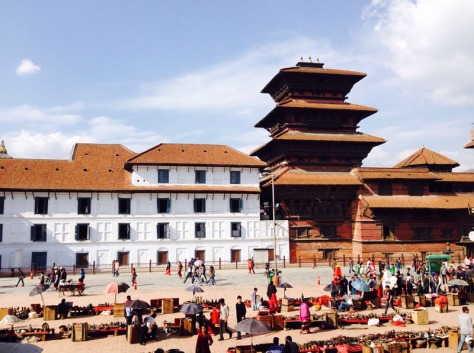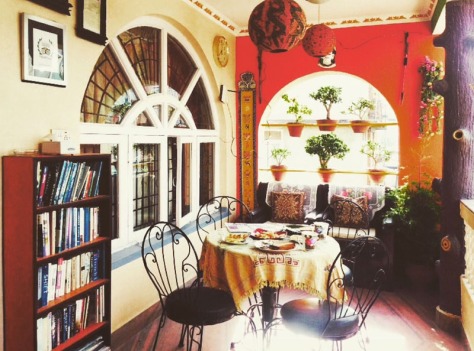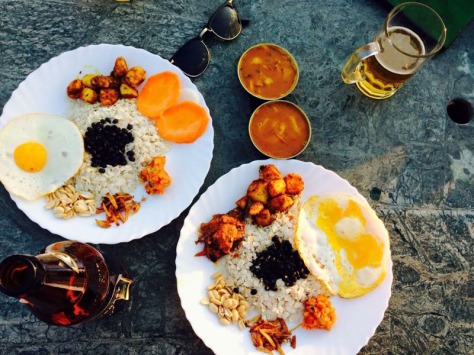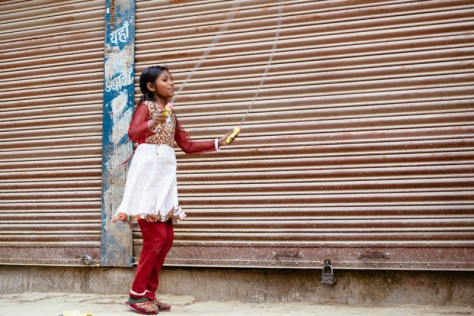Words by Anna Lebedeva | June 8
Travel to Rishikesh
Famously known as the “World capital of Yoga”, Rishikesh is a small city located on the forested Himalayan hills, not far from the place where the sacred fast-flowing river Ganga starts to spread along the hot Indian plains.
It is a provincial Indian city, but a very charming and cozy one, during high season filled with local people and tourists from around the world, who arrive here to emerged themselves into yoga and mediation, Ayurvedic treatments, hiking, whitewater rafting and backpacker hangouts. You will be amazed by the experience of sitting on the bank of one of the most ancients and the holiest river in the world – the Ganges, which is believed to help people engage in the practice of meditation.

The best time to visit: October – March
Climate: humid sub-tropical
Accomodation: $3-$100
Continental breakfast: $2,5
Fresh juice: $1-$2
Coffee: $0,5 – $2
Typical Indian dish: 1,5$ – 3$
Street food: 1$
It is believed by many sages that those who meditate in Rishikesh attain moksha…
Rishikesh offers travelers quite a wide range of choices for accommodation (from free stay in Ashrams to upscale hotels), lots of nice places to eat and enjoy the view over the fast-flowing Ganga and unbeatable opportunities to learn yoga and meditation in numerous yoga centers around the town. It was also as a tribute to this town that John Lennon recorded “The Happy Rishikesh Song” in the late 60s.

Accommodation
The Ganges divides Rishikesh into two parts: the Eastern part is a typical noisy and dusty Indian municipal town (although with many Ashrams as well), where the train and the bus stations are located, while the Western part is more calm and inviting for relaxation. Both parts are connected by two suspended pedestrian-only bridges, Lakshman Jhula and Ram Jhula, which are the most prominent landmarks of the town themselves. All interesting things for travelers such as hotels, guest houses, cafes, shops and Ashrams are located in that part of the city.
We stayed in Lakshman Jhula area as we found it the most attractive, and we really enjoyed it. It is free from city traffic, has a few Ashrams and bathing Ghats, many decent guest houses, cozy cafes, yoga centres, shops and access to Ganga white sand beaches. During the high season the price for a double room ranges from about 300 INR ($5) to 1600 INR ($25). During the International Yoga festival, which lasts from 1st to 7th of March, the prices are a bit higher and you need to book accommodation in advance. In the lower season you can get a nice place for 500 INR ($8) for double room on your arrival.

We spent 2 weeks there, during low season, at Sheela Mohan Palace guest house, for which we paid around 600 INR ($10) for a very nice room with kitchen, private bathroom, TV and great common areas. If you want to cook you have to pay for gas, but the prices themselves are super fair.
Swarg Ashram is not the name of an Ashram, it is an area, located 2 km from Lakshman Jhula, that you can access by walking through a beautiful pedestrian road, finishing at Ram Jhula bridge. This area is the spiritual centre of Rishikesh, traffic-free, where all main ashrams, temples and bathing ghats are located, and where most spiritual ceremonies take place at sunrise and sunset.
You will also find there the main bazaar with ayurvedic medicine, books, handicrafts and trinkets. ATMs are also available here. If you are prone to serious meditation, you can stay in one of the numerous Swarg’s ashrams, sometimes even free of charge as long as you observe the routines. Besides the backpacking mood this area also offers a few upscale design hotels with amazing river views and spa options (prices up to $100 a night).

Where to eat and work
Rishikesh is an ideal place to spend a few weeks, its calmness will set you on the working mood besides providing you with many things to do as hiking around beautiful mountains, taking yoga classes and swimming in the Ganga.
To eat it packs many fairly priced options, varied types of food from different cuisines such as Continental, Indian, Chinese and Israeli. Most places will have Internet connection, but not suitable for large transfers or network heavy work. Although everybody says that they have good WIFI available, usually it is not very fast, so you might want to try before ordering or checking into a Guest House.

We have a few favourite places to eat in Rishikesh. Little Buddha Cafe offers the best view over Ganga, good breakfast options and fast service, on the other hand the Internet was pretty slow. A good option is Holy Palace cafe, a bit off the main area, but with very good prices and good Internet speed for this region. Although compelling for both these reasons we stopped going there as the service was not welcoming at all.
Our favourite one became Ganga view, where the Spanish breakfast rocks (160 INR / $2.5) and other meals were well priced. The Internet there was also pretty fine. A very popular place to have a fast, tasty Mo Mo, served with soup, for 70 INR ($1.2), is Petit MoMo cafe, in front of the Little Buddha cafe.

Visa to India
Many nationalities can get an “e-Tourist Visa” on arrival to India, which is valid for 30 days and makes you eligible for single entry in one of the few Indian International Airports. Neither extension nor conversion is possible for that kind of visa during the stay. Note that you should apply online for this kind of visa with minimum 4 days in advance of the date of your arrival.
It is definitely worth to stay in India more than one month (if you have enough time) as India has so many things to offer: ranging from sea, deserts, forests to mountains. For that you have to get a visa in advance in your home country or other locations of Indian collection visa centre. Usually the process is very simple and easy, but it will require you to first apply online and then visit the centre/embassy up to 3-4 times. Most Nationalities usually receive 6 months by applying in their home country or 2-3 months VISAs by applying in any other locations, such as Kathmandu and Bangkok.
Many backpacker travelers commute to India from Nepal and therefore make their Indian visas in Kathmandu. More details on obtaining Indian VISA in Kathmandu.

How to get to Rishikesh
The cheapest option to get to Rishikesh is to go by train to Haridwar and then take a local bus to Rishikesh (40 mins drive/45 INR). Haridwar is well connected with other Northern Indian cities, such as Delhi or Agra. Trains depart daily and there are many budget options, that will cost you around $4 in sleepers and $12 in 2nd AC sleeper class (including meal). There are also bus connections with Delhi and for both types of transport you can find day or overnight options.
We left Agra by train in the morning, arrived at Haridwar around 9pm, went walking to the bus station and took a local bus to Rishikesh. We arrived around 11pm, took a tuk-tuk to Lakshman Juhla bridge and found the guest house on arrival, although many were already closed.

Yoga in Rishikesh
Rishikesh styles itself as the place where the world yoga story was written. You can easily find yoga/meditation classes held privately and in groups, or you can apply for a free stay in an ashram, where you will be taught meditation if they consider you as a good fit for their place. There are many ashrams that offer free stay and food if you pay for a certain amount of yoga lessons. There are dozens of meditation centres around and literally every hotel offers yoga session, but Ashrams are still considered to be the best place to immerse yourself in yoga culture.
Yoga styles vary significantly and there are too many masters calling themselves gurus. Before taking any classes spend time researching, reading special blogs and asking for recommendations. So to be sure that you find the right yoga master and place for practicing. From March’s 1st to 7th yogis from all over the world gather in Rishikesh for the World International Yoga festival, taking place around Swarg Ashram. Check the festival schedule.
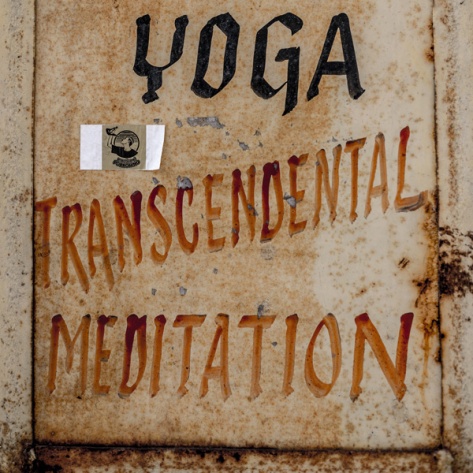
The famous Maharishi Mahesh Yogi’s Ashram, located in the South of Swag Ashram, now reminds a lost city. It was abandoned in 1997 and it is now painted and all written over, but some details and the architecture itself show it must have been quite a beautiful and unique place (compared to other ashrams in Rishikesh).
It was here that the guru Maharishi Mahesh Yogi started to disseminate the Transcendental Meditation technique (a simple and effortless technique that helps you diving into more subtle states of consciousness). He left an enormous legacy and is certainly one of the most important ambassadors for the Indian culture, bringing it to the west, keeping its core tradition while giving it a scientific validation.
By visiting Maharishi Mahesh Yogi’s Ashram, you will be able to see the legendary meditation cells, lecture halls, own house of Maharishi’s and the residential part, where yogis and visitors stayed. You can find there the Guesthouse where The Beatles stayed to learn the basis of yoga and meditation. Many people say that it was during their stay in Rishikesh that most of the “White Album” was written.

Indian Currency
Indian Rupee is the official currency of India and 1$ is worth roughly 63 INR. If you have money in any other denomination you will have to change it, as other currencies are not so commonly circulated here, comparing to other Asian countries. It is very easy to find a Money Exchange counter and ATMs in Rishikesh, so there is no need to bring a lot of cash with you. The best ATMs to use are those of State Bank of India, which doesn’t charge any commission on money withdrawal.

5 things to do:
-
White Sand beaches
Visit one of the many beautiful white sand beaches along the Ganga river. The closest one is in 5 min walking distance Lakshamn Jhula, if you are standing on the bridge facing the Wedding Cake Temples, turn left and follow the road – you will find the beach on your left side. It is a wide strip of white sand beach, the perfect place to chill out and take a sun bath. The Ganges’s water is very clean here, but very cold. Pay attention to the water stream as it is usually very strong, not recommended for real swimming.
-
Yoga classes
Take yoga lessons in the “World capital of yoga”, finding your master in one of the Ashrams, yoga centres, hotels or take private classes.
-
Ancient Aarti ceremony
Take part in Aarti, a form of evening Puja. It is a beautiful, prayerful and very important ancient Hindu ceremony of worship with chanting and lighting of candles, performed every evening in Parmarth Niketan Ashram, the main Ashram of Swarg Ashram area.
-
Rent a motorbike
Rent a motorbike and go around the area to enjoy the Himalayas and the Ganges views. You can drive to waterfalls, caves and a few hidden temples located nearby Rishikesh. In some parts the road is not perfect, but very manageable since the traffic is not very high there.
-
Rafting and Camping
Rishikesh is famous not only for Yoga classes, but also for a variety of adventure activities. The most popular are beach campings and river rafting, which are indeed very cool experiences, allowing you to enjoy the beautiful beaches, the Ganges and the Himalayas hills view all in one.
















